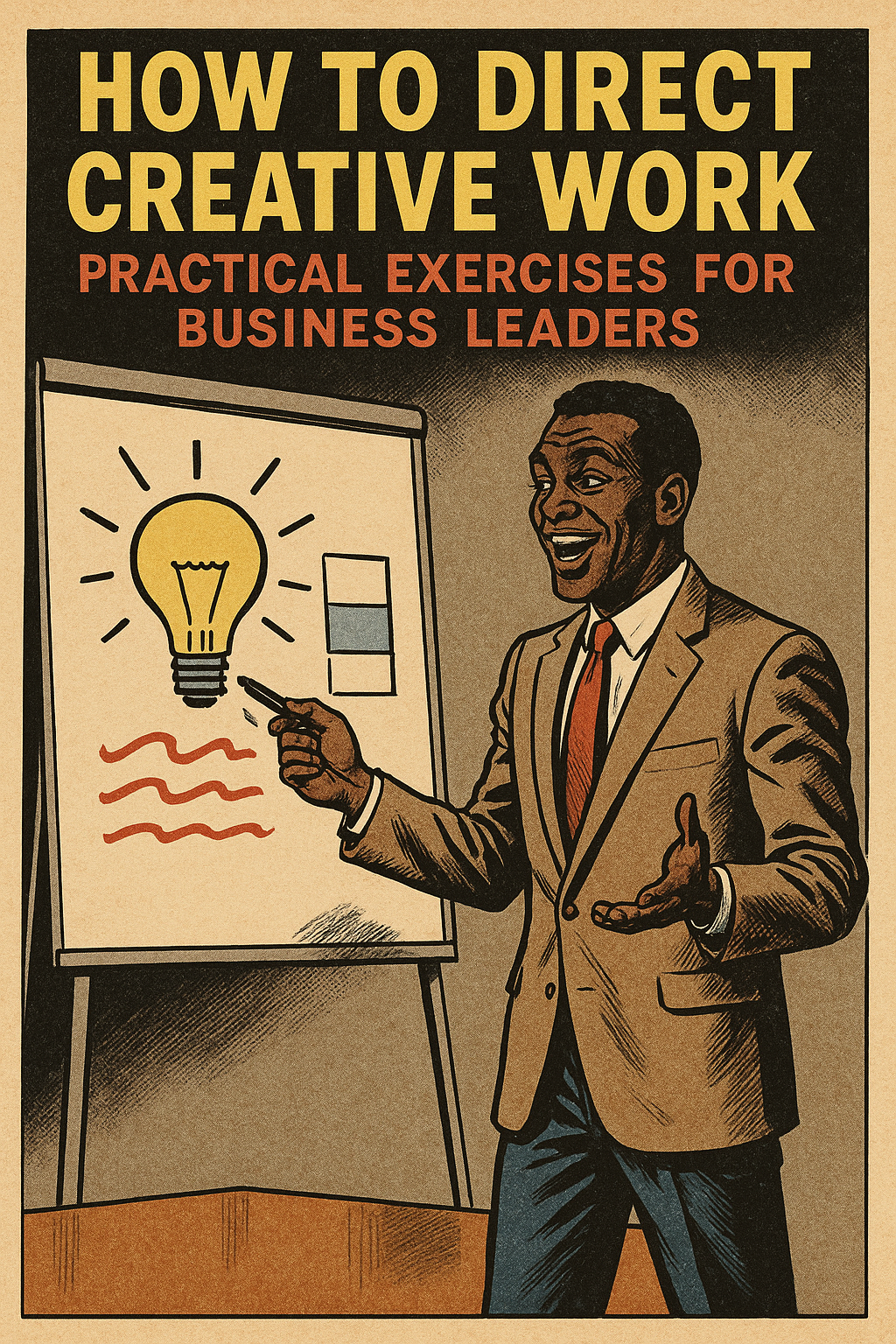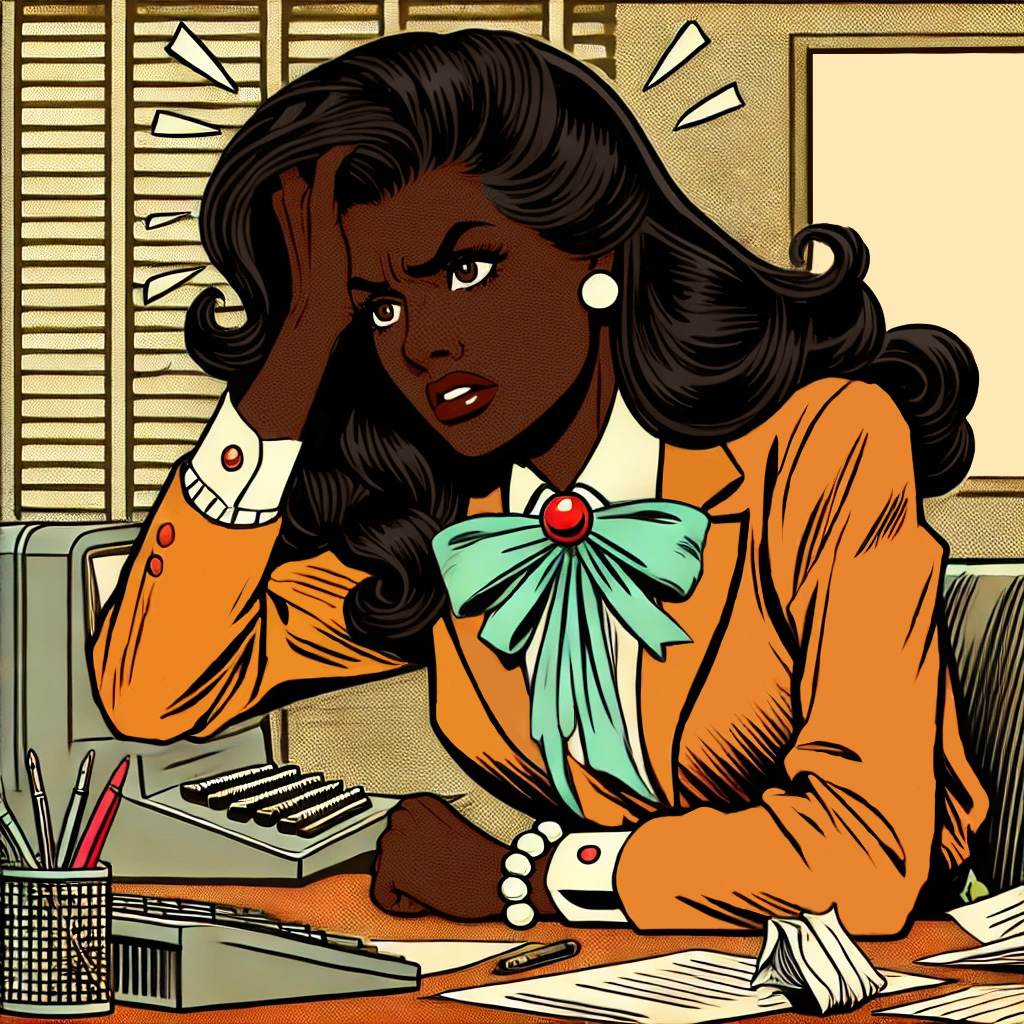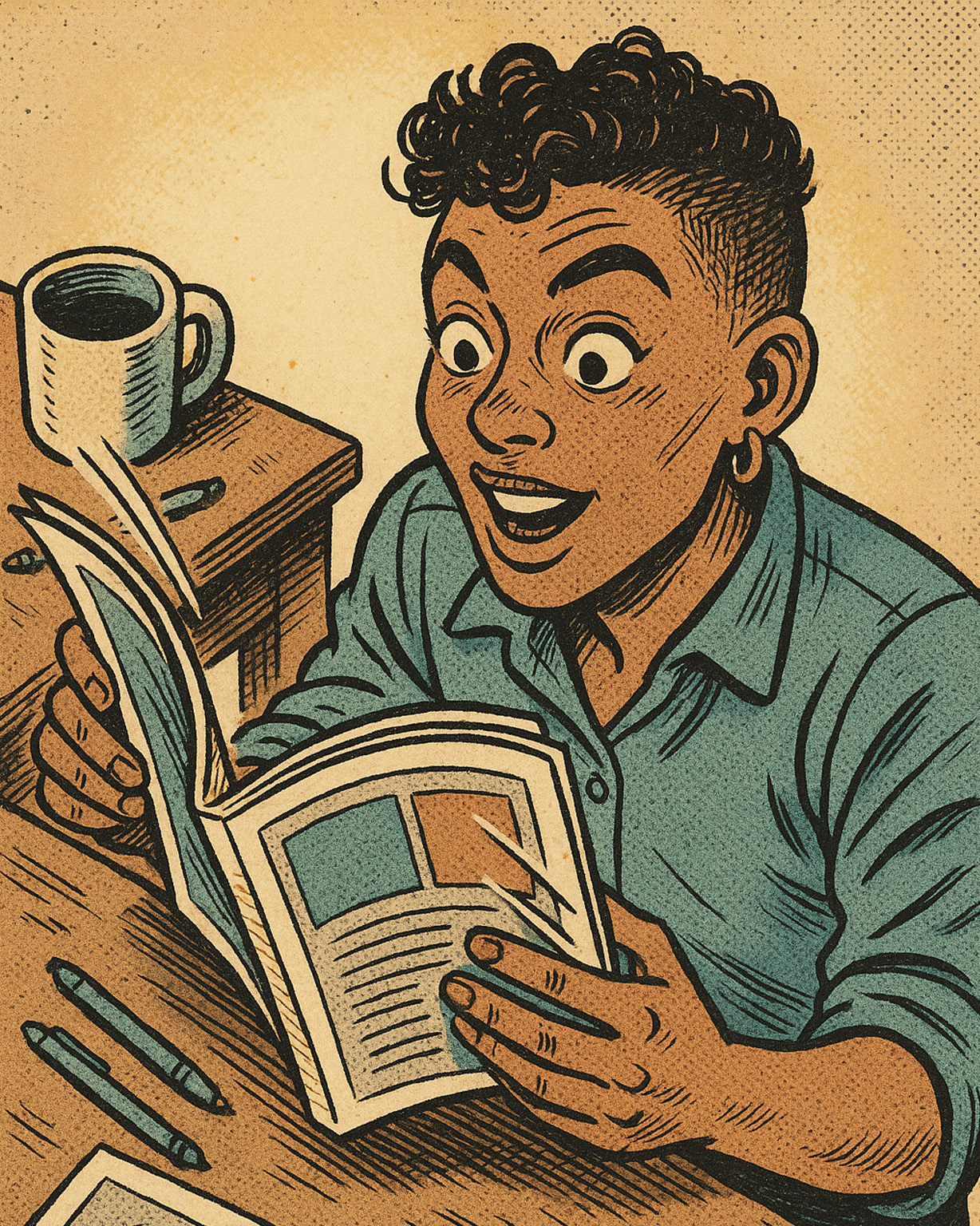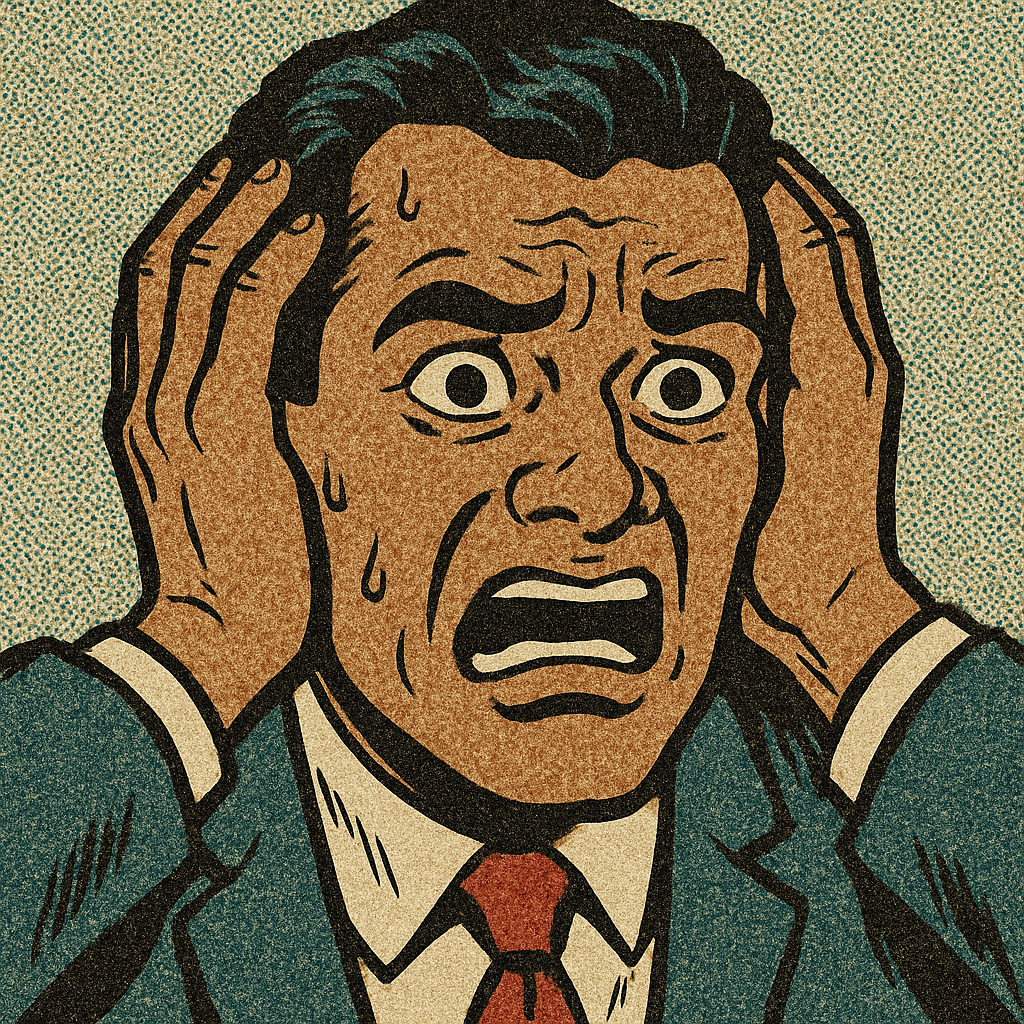Clear creative direction is not a soft skill. It’s a business necessity. Without it, teams waste hours interpreting vague feedback, revising into oblivion, and losing clarity on the problem at hand.
For business leaders, the ability to direct creative work without micromanaging it can sharpen your brand, accelerate timelines, and build long-term trust with your team.
This guide offers practical, repeatable exercises to help you communicate vision, critique work, and make creative decisions. These exercises are meant for people who don’t come from design or creative backgrounds but who are responsible for leading creative output.
Why Business Leaders Struggle to Direct Creative Work
Before we dive into the exercises, it’s helpful to understand why this is often a sticking point:
Creative work is subjective. It resists the same logic you apply to financial modeling or operations. You can’t spreadsheet your way through visual nuance.
Language gaps cause confusion. Designers and writers use terminology that may feel inaccessible or abstract. Meanwhile, clients and managers often use vague terms like “bold,” “edgy,” or “clean,” which can mean something different to everyone.
Power dynamics get in the way. Creative teams may defer to leaders even when the feedback is unclear or counterproductive, which leads to lower-quality work and morale.
The exercises below help close these gaps by giving structure to your communication.
1. Write a One-Sentence Creative Brief
If your brief is multiple pages long, the creative team will often default to what’s safest. Instead, distill the core idea into one sentence that answers this question:
What should this work make someone think, feel, or do?
Exercise:
Set a timer for 5 minutes. Without overthinking, write one sentence that answers the above question. Share it with your creative lead and ask: If we used only this sentence to guide the project, would we get to the right result?
Refine it together if needed, and use that sentence as a north star throughout the project.
What this does:
This creates alignment around intention instead of style. It also helps creatives prioritize emotional and strategic clarity.
2. Describe What Success Looks Like, Not What It Is
Creative work isn’t just evaluated on whether it’s “on-brand.” It’s evaluated by what it helps the audience feel, understand, or trust.
Exercise:
Instead of saying “We want this to feel premium,” describe the experience of someone interacting with the work.
Example:
“The user scrolls through the site and feels a sense of calm. The visuals are spacious. The typography is careful and restrained. It feels like a brand that respects their time.”
What this does:
It shifts your direction from abstract labels to specific emotional and sensory cues that creatives can interpret more clearly.
3. Build a Reference Wall with Your Team
When words fail, visuals can clarify. But avoid Pinterest-style mood boards with no explanation.
Exercise:
Collect 5–7 examples of work (they don’t need to be in your industry) and answer these questions for each:
What do you like about it?
What does it communicate well?
What would make it stronger?
Invite your creative team to do the same. Then compare notes. This exercise works well at the beginning of branding, web, or campaign projects.
What this does:
It creates a shared visual vocabulary and uncovers unspoken preferences, helping avoid the “I’ll know it when I see it” trap.
4. Practice the “Yes, and” Method in Reviews
The first round of creative work is rarely perfect. But instead of rejecting it outright or offering vague corrections, try building on what’s working.
Exercise:
During a review, start your feedback with:
“What’s working well is…”
“What this gets right is…”
“I wonder if we could also try…”
Avoid:
“Can you make it pop?”
“It’s not quite there”
“This isn’t what I pictured”
What this does:
It keeps creative momentum intact and encourages collaboration instead of defensiveness. It also gives your team clearer cues on where to iterate.
5. Run a Pre-Mortem Before Final Approval
Creative work often dies in the final mile, when legal weighs in, or leadership brings up a concern no one mentioned earlier.
Exercise:
Before approving final work, ask your team:
What could still go wrong?
Who hasn’t seen this that needs to?
What might someone misunderstand?
This is not an opportunity to over-polish. It’s a chance to catch blind spots before they become expensive.
What this does:
It builds rigor into the creative process without derailing progress. It also gives your creative team permission to surface concerns they may have felt pressured to suppress.
Final Thought: You Don’t Have to Be a Creative Director to Give Good Direction
Good creative direction isn’t about having the best taste in the room. It’s about helping smart, skilled people do their best work with the least amount of friction.
By building your muscles in giving clearer input, framing feedback constructively, and creating space for interpretation, you’ll not only get better work, you’ll build stronger, more trusting teams.







